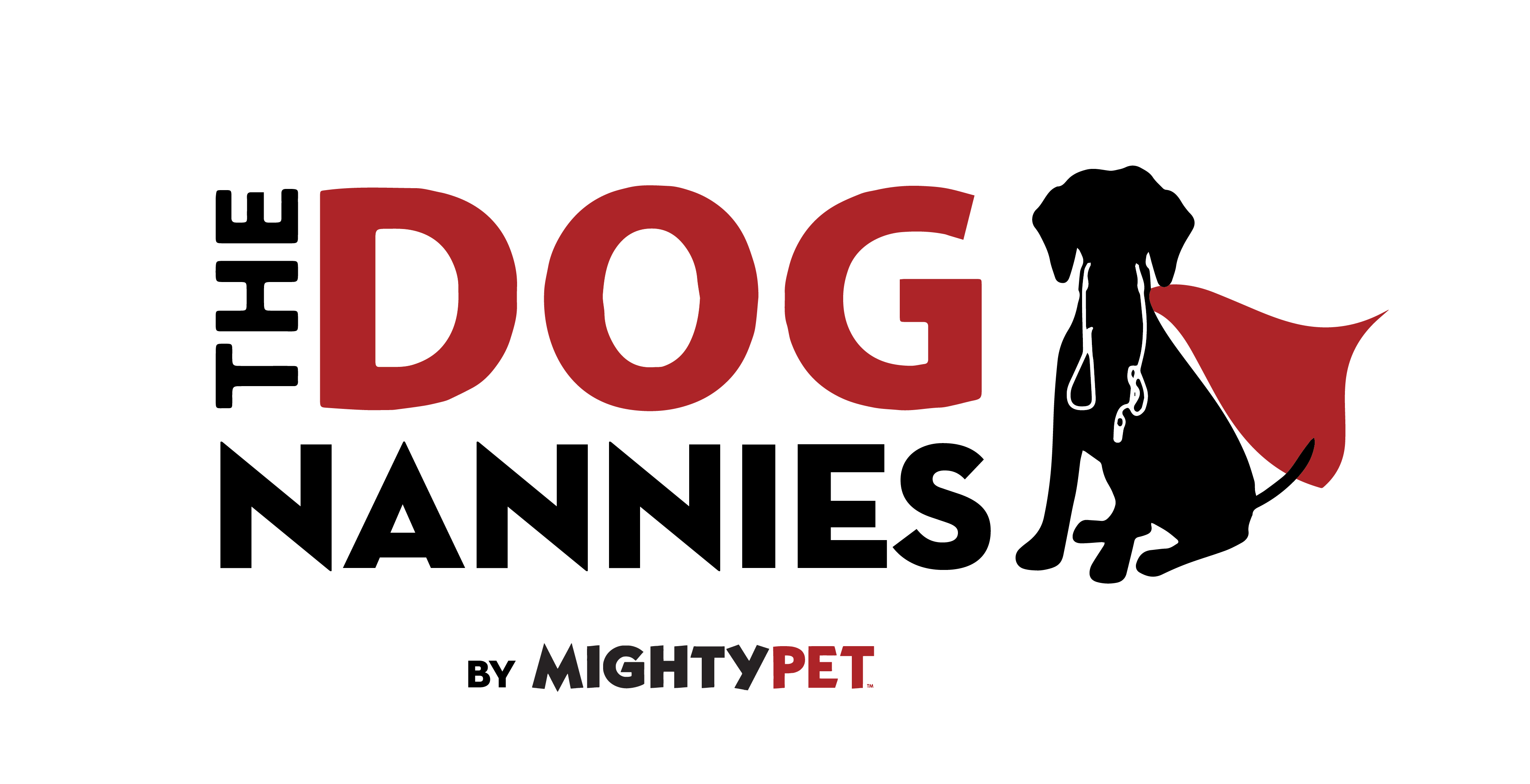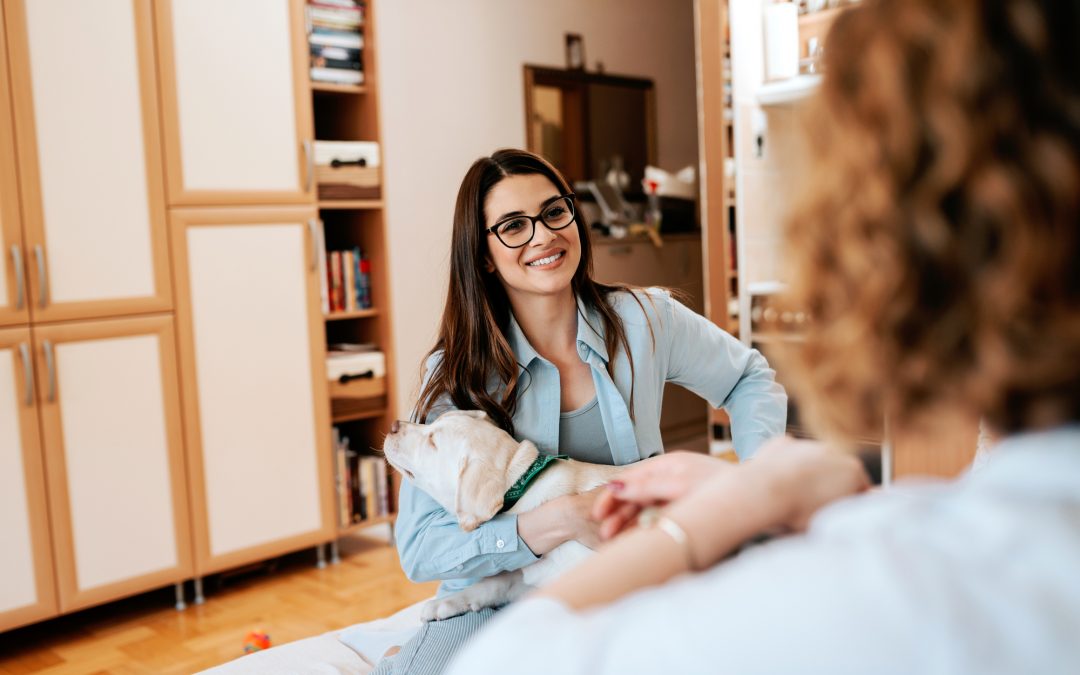It is completely normal to be nervous when leaving your pet at home and in the care of a pet sitter for the first time. If you want things to go smoothly while you’re away, you must be open and honest when you meet with your sitter. The following are important details your sitter will need to know to take purrfect care of the pets you love!
Who normally takes care of your pets while you’re away?
Do you routinely use a professional pet sitter? Perhaps your pet is used to going to a kennel or having someone move into the house with them? How has your pet handled your absence previously? Pets who are confident and happy spending 5-6 hours alone in the house are generally good candidates for an in-home pet sitter. Pets who are anxious, aggressive, or are usually “outside pets” may not do as well. Dogs who struggle with anxiety often destroy things like furniture, drapes and doors – anything they can get to really. They may also have potty accidents in the house even when perfectly house trained. If your pet does these things while you’re at work, they are going to do them between pet sitting visits too. Pets who are routinely chained outdoors or kept in a fenced yard may not be good candidates for drop in visits either. Any professional pet sitter will not accept a job if they are told the pet is going to be chained outside all day. Bring that pet inside, have a pet sitter drop in 3-4 times a day and it will likely be a disaster. Pets who live outdoors may try to get to the outdoors when kept inside. To be clear, I mean these pets may try to break out of the house between visits! They may also have bathroom accidents given they’re not accustomed to “holding-it” living outside. There are better care solutions for these two types of pets than a pet sitter who will visit 3-4 times per day. When pet owners are honest about these things, we will help them find that solution.
How a sitter will gain access to your home?
Gaining entry to your home is a very important detail to cover with your sitter. Most sitters will require that this be ironed out by the time they meet with you so they can ‘test’ getting in. We require clients have a coded doorknob or lock box in which to store a key. Both are extremely safe, and sitters won’t have to carry your key. Some pet parents may choose to hide a key for their sitter to use; either way, make sure the key is tested and in place before the start of your reservation. A good sitter will always insist on a back-up plan; at the DOG Nanny Group, we also keep a client key on file. This way, if a key is locked in the house or the battery for your coded doorknob dies, your service won’t be interrupted.
Your pet’s behavioral history

Pets have all sorts of likes, dislikes, and quirks. Tell your pet sitter what they are. We promise not to laugh – in fact, we have probably encountered the behavior before. If your pet has bitten someone, please be honest about it. This information is important for the safety of your sitter; it may or may not be a deal breaker depending on the circumstances. We need to know the good, the bad, and the ugly in order to determine if we are a good fit for you and if your pet is a good fit for us. Again, if we know the truth, we may just have the solution to your problem.
Your pet’s medical history
A good pet sitter will ask you about your pet’s medical history and any medication they are taking. They will want to discuss recent illnesses or surgeries and any chronic issues like joint pain or frequent ear or bladder infections. None of these things will scare a good pet sitter away but we do need to be informed. If you know you are going out of town, please don’t plan a surgery right before your trip as your pet may need more continuous care than a pet sitter typically provides. Be sure to alert your sitter to any changes in medications. We need to know: What medication is to be given and the dosage. What time of day the medications are to be given. How does your pet take these medications – in something? Are there any side effects we need to be aware of? Communication is vital for the well-being of your pet!
The details of their mealtime routine
There are as many different meal routines as there are dogs and cats. Tell your sitter what the normal routine is for your pet and they will stick to it. Changing kibble brands or adding canned food or pumpkin to a meal routine only when the sitter is there can wreak havoc on your pet’s digestive system creating a real disaster for your pet sitter. The same can be said for treats, chew bones, and toys. Try the new items when you are home to monitor your pet for potential problems. Keeping pets to their normal routine is what pet sitters do best!
The location of pet supplies

During a consultation, your pet sitter will ask where they can find the items they need to care for your pet. You may say you will gather everything and place it on the counter – which is great, but we will still want to know where things are normally kept. Items such as food, treats, medications, leash, pet carrier, litter box (including all supplies), paper towels and cleaning supplies are all items we need to be able to find. It is also a good idea to make sure you have more supplies than will be needed in case your return is delayed. A good pet sitter will pick items up for you when they run low, but this will come at a cost. Here, at the DOG Nanny Group, we offer a concierge service that includes shopping for pet supplies.
Emergency contact information
Most professional pet sitters use a software system to keep important details on file. One very important detail is naming an emergency contact. If a sitter cannot reach you while you’re away, who can they call for information or assistance with your pet or home? This individual should be someone who you would feel comfortable making decisions about your pet in your absence. An emergency contact may also be someone who is asked to take over care of your pet should a “solo” pet sitter fall ill or in case of severe weather or a natural disaster.
Communication is key
All these points boil down to communication – open and honest communication with your pet sitter. The more we know, the better service we can provide for you and your pets. We also appreciate your willingness to help (communicate) when things aren’t going as planned. In the last 10 years (35,00 visits) as a professional pet sitter, I have had to call clients while they were away fewer than 10 times. Of course, communication by text or email is commonplace to keep clients informed on how their pets are doing in our care. Most clients eagerly await the photos we send and genuinely appreciate the updates. When we do pick up the phone to call, it’s to get assistance, or a client’s permission on something a little more serious having to do with their pet or their home. A good client will understand this and happily offers guidance.

